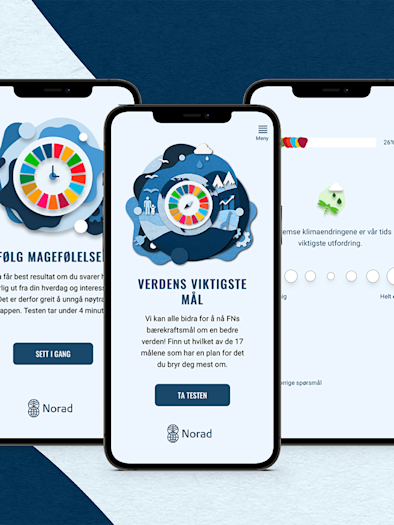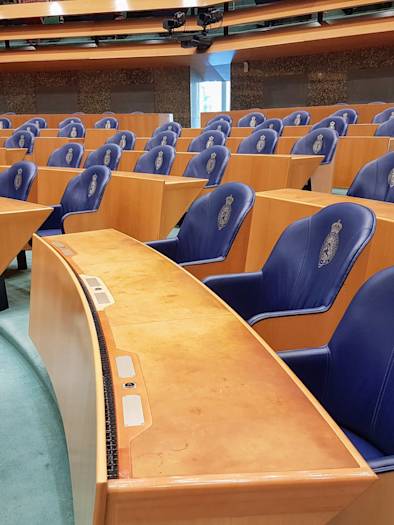
Packaging and Packaging Waste Regulation: balancing ambition and feasibility
The European Commission has been talking about a “circular economy” since its first action plan in 2015, but despite its strong green focus, the college has not quite nailed down what that means yet. The Packaging and Packaging Waste Regulation (PPWR), published in November 2022, provides part of that vision – but its implementation is still far off. And with the approaching European elections in June 2024, the Commission’s goals of achieving a true circular economy could be in danger.
The announcement of the revision of the PPWR was met with great enthusiasm, mixed with some anxiety. The regulation is a fundamental piece of legislation aimed at updating the severely outdated packaging rules (which were first established in 1994). The primary objectives are to tackle excessive packaging and promote increased reuse and recycling.
Currently, the packaging sector is the largest contributor to plastic waste, generating approximately 17.8 million tonnes in Europe in 2018 and accounting for around 60% of post-consumer plastic waste, according to the Commission’s Inception Impact Assessment. There is no denying that coping with packaging waste is a pressing issue that demands attention. However, there are extremely divergent views on how to achieve the desired reduction in waste, and debates have been lively to say the least.
Who is the greenest?
A consistent red thread of the European Parliament these past few years, in particular the Environment Committee, has been the desire to one-up the Commission’s proposals and show it is “greener” than the EU’s executive arm. The PPWR reaffirms this narrative: the Commission had proposed specific reduction targets for packaging waste per capita, with goals of 5% by 2030, 10% by 2035, and 15% by 2040. However, lead MEP for the Parliament’s Environment Committee Frédérique Ries (Renew Europe, Belgium) argued that these targets were not ambitious enough, proposing instead targets of 10%, 15%, and 20% over the same period.
High ambition may win political favours in Brussels. But can manufacturers, who will ultimately have to comply with whichever targets are agreed upon, keep up? Many think it might be impossible. The lobbying efforts in Brussels have gone into overdrive, resulting in over 500 feedback responses to the Commission’s original proposal, and an astonishing 2,700 amendments to the draft report from MEP Ries in the Environment Committee. The level of lobbying on this piece of legislation has been extraordinary – even for the most heavily lobbied parliament in the world.
Defining Reuse
It is difficult to win a contest of who is “greenest” when you cannot agree on what “green” actually means, especially in terms of reuse. One of the main points of contention is whether the targets attached to reused packaging are adequate and sufficient.
In its proposal, the Commission included specific minimum targets for different categories of products, such as (among others) packaging used for household appliances; take-away food and drink; and packaging used to transport goods. These targets, however, have raised significant concerns on at least two points: the criteria used to define reusability, and how reuse activities could also negatively impact the environment.
In her draft report, MEP Ries tried to find a compromise by removing the reuse targets for take-away food and adjusting those for drinks. The Industry Committee, tasked with providing an opinion on the file, proposed to eliminate sector-specific targets for reuse altogether. Despite the Parliament generally priding itself on being the more progressive branch of the EU institutions, this highlights the intense debate surrounding the issue of reuse: what actions will actually reduce packaging waste while still being environmentally friendly? If some reuse targets can be removed, what else could face the chopping block?
Europe can drive global change
The European Commission has been positioning itself as a global leader on driving the green transition within its borders and beyond. The PPWR serves as a prime example of the Commission’s continued use of exterritorial legislation – enforcing compliance with EU regulations on non-European actors in order to drive global transformative change. The new rules could force companies to use different types of packaging in Europe than they would use in other markets, adding costs and administrative burden. As a result, they may choose to follow the packaging requirements set by the EU when selling their products in non-EU markets.
The message is clear: adhere to EU rules, or risk losing access to the European market. However, the swift pace of legislative changes has led to concerns from industry of over-regulation and unfeasible timelines. As the upcoming elections approach, it remains to be seen how this battle will unfold and if an agreement between the European Commission, the European Parliament, and Member States can be reached before time runs out.
The bumpy road towards a more circular economy continues, and we eagerly anticipate the next chapter.








